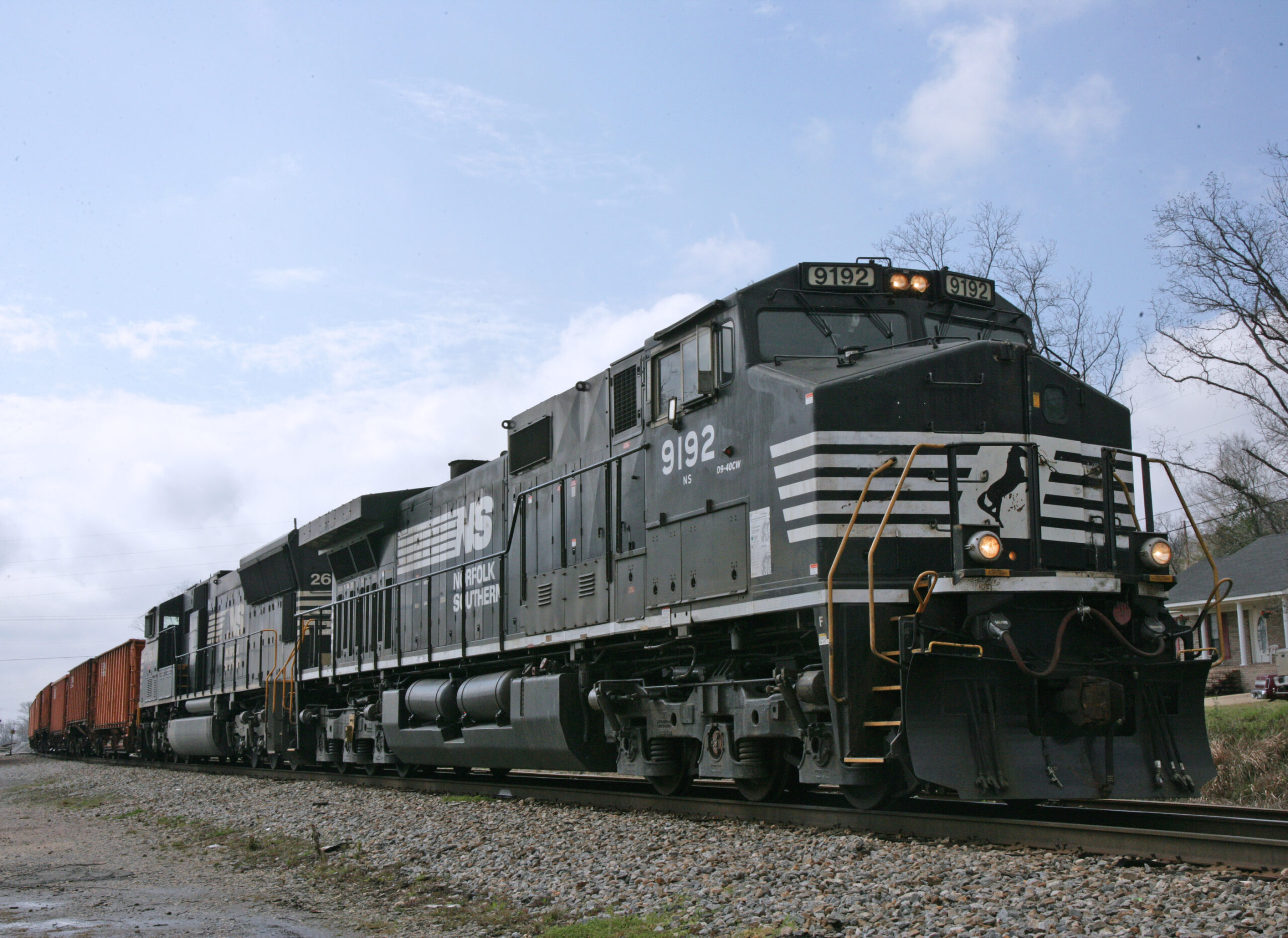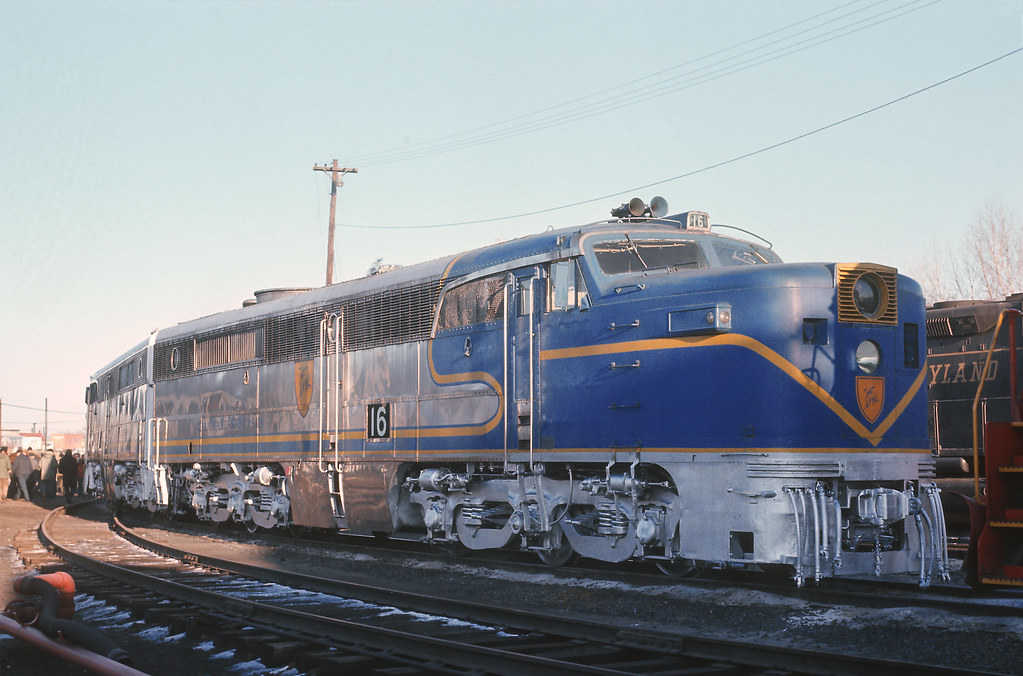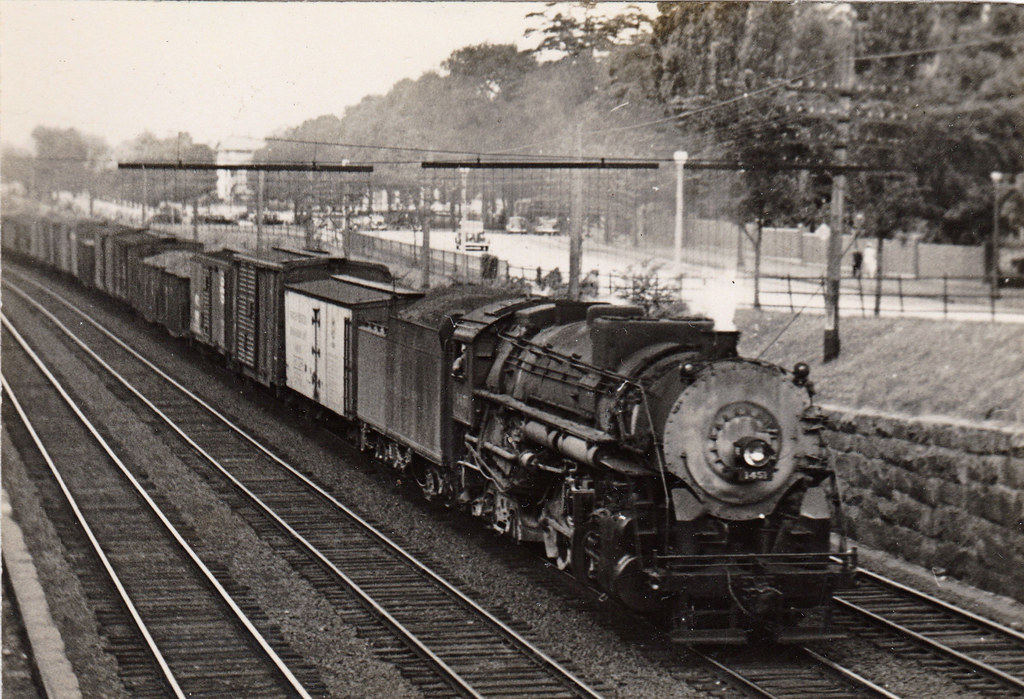Table of Contents
Quick Facts
| Year Founded | 1971 |
| Total Track Mileage | 21,400 |
| Total Locomotives | 240 diesel, 66 electric |
| Number of Employees | 17,100 |
| Number of States Located In | 46 |
| Headquarters | Washington DC |
| Websites | https://www.amtrak.com/ https://www.amtrakvacations.com/ https://careers.amtrak.com/ |
Introduction
The National Railroad Passenger Corporation, working as Amtrak (reporting marks AMTK, AMTZ), is the nationwide passenger railroad company of the United States. It runs inter-city rail solution in 46 of the 48 contiguous U.S. States and also 9 cities in Canada. Amtrak is a portmanteau of words America as well as trak, the last itself a sensational punctuation of track.
Established in 1971 as a quasi-public firm to operate numerous U.S. passenger rail routes, Amtrak receives a mix of state and government subsidies but is taken care of as a for-profit company. The United States federal government, with the Secretary of Transportation, possesses all the business’s released and superior participating preferred stock.
Amtrak’s headquarters is located one block west of Union Station in Washington, D.C.
Amtrak serves greater than 500 locations in 46 states as well as three Canadian provinces, operating more than 300 trains daily over 21,400 miles of track.
Amtrak owns approximately 623 miles of this track and runs an extra 132 miles of track. Some track areas allow trains to run as quick as 150 miles per hour.
In fiscal year 2021, Amtrak served 12.2 million passengers and had $2.08 billion in revenue, with greater than 17,500 employees since fiscal year 2020. Almost 87,000 passengers ride greater than 300 Amtrak trains daily.
Virtually two-thirds of travelers originated from the 10 largest cities; 83% of passengers take a trip on courses much shorter than 400 miles.
History
As passenger service on the private railroads decreased during the 1960s, different propositions were brought forward to save it. The 1961 Doyle Report proposed that the personal railways merge their solutions right into a solitary body. Similar propositions were made in 1965 and also 1968 yet stopped working to draw in support. The federal government passed the High Speed Ground Transportation Act of 1965 to money pilot programs in the Northeast Corridor, but this not did anything to deal with passenger deficiencies. In late 1969, several proposals emerged in the United States Congress, including equipment aids, course aids, and, lastly, a “quasi-public corporation” to take control of the procedure of intercity passenger trains. Matters were brought to a head on June 21, 1970, when the Penn Central, the largest railroad in the Northeast United States as well as teetering on insolvency, submitted to cease 34 of its passenger trains.
In October 1970, Congress passed, and President Richard Nixon authorized right into legislation, the Rail Passenger Service Act. Proponents of the costs, led by the National Association of Railroad Passengers (NARP), sought government financing to make certain the continuation of passenger trains. They developed the National Railroad Passenger Corporation (NRPC), a private entity that would certainly receive taxpayer funding as well as think procedure of intercity passenger trains. The initial working trademark name for NRPC was Railpax, however less than 2 weeks prior to procedures started, the official marketing name was transformed to Amtrak. There were several essential provisions:
Any kind of railroad operating intercity passenger solution can acquire with the NRPC, thus signing up with the national system.
Getting involved railroads bought into the NRPC utilizing a formula based on their current intercity passenger losses. The acquisition rate could be pleased either by money or rolling supply; in exchange, the railways got NRPC ordinary shares.
Any type of taking part railroad was without the obligation to run intercity passenger solution after May 1, 1971, besides those services picked by the Department of Transportation (DOT) as part of a “fundamental system” of service and paid for by NRPC utilizing its government funds.
Railways that picked not to join the NRPC system were called for to proceed operating their existing passenger service until 1975 as well as thenceforth had to pursue the customary ICC approval procedure for any type of discontinuance or change to the service.
Of the 26 railways still using intercity passenger solution in 1970, there were six railroads qualified to participate in the formation of Amtrak that declined to spin off their passenger rail services. The intercity passenger services of those six railways eventually became absorbed by Amtrak or another governmental entity, or terminated.
The six non-participating railways were as follows:
The Chicago, Rock Island and Pacific Railroad continued to get aid from the state of Illinois. It terminated its 2 remaining intercity passenger trains, the Peoria Rocket and Quad Cities Rocket, on December 31, 1978.
The Chicago South Shore and South Bend Railroad continued to run service. Public financing for its commuter-oriented trains began in 1977, with the Northern Indiana Commuter Transportation District totally taking over the South Shore Line in 1989.
The Denver and Rio Grande Western Railroad feared blockage from holding a revitalized California Zephyr on its single-track mainline. It operated its last Rio Grande Zephyr in 1983, and Amtrak’s San Francisco Zephyr was renamed the California Zephyr.
The Georgia Railroad obtained tax benefits from the state of Georgia so long as it ran combined trains. The Seaboard System Railroad, its follower, ceased the last mixed train on May 6, 1983.
The Reading Company identified that its Philadelphia– Newark service was outside Amtrak’s range. It was later on run by Conrail as well as NJ Transit, who terminated it in 1982.
The Southern Railway did not join up until February 1, 1979, at which point it conveyed its Southern Crescent to Amtrak.
The Nixon administration and also numerous Washington experts saw the NRPC as a politically profitable way for the President as well as Congress to give passenger trains a “last hurrah” as demanded by the public. They anticipated Amtrak to silently go away as public interest subsided. After Fortune magazine exposed the produced mismanagement in 1974, Louis W. Menk, chairman of the Burlington Northern Railroad, remarked that the tale was undermining the scheme to take apart Amtrak. Supporters additionally hoped that government intervention would certainly be short and that Amtrak would certainly soon have the ability to support itself. Neither view had actually verified to be proper; for preferred support permitted Amtrak to proceed in operation longer than movie critics envisioned, while monetary results made passenger train service returning to private railroad procedures infeasible.
Amtrak started operating May 1, 1971.
In the early days it was difficult starting up such an ambitious venture. There were issues with equipment, stations, personnel, and working with the railroads themselves.
And obtaining government funding was and is always a challenge.
In spite of these challenges, Amtrak has continued to operate to this day with newer equipment, and expansion of some routes.
PLEASE NOTE: DO NOT TRESPASS UPON RAILROAD PROPERTY. NOR TRESSPEASS ON PRIVATE PROPERTY WITHOUT THE PERMISSION OF THE OWNER.
Riding the lines
Amtrak servers many of the large metropolitan areas in the United States.
And if it doesn’t serve directly, there is a nearby town that has a depot.
Recommended routes and historic heritages of some key trains.
Some of the trains that Amtrak operates have names associated with them that were used by the original railroads that ran them.
For example:
Southwest Chief – The Santa Fe Railway ran several “Chief” trains along the same route from Chicago to Los Angeles
California Zephyr – The Burlington Route, the Rio Grande and the Western Pacific jointly operated this train between Chicago and San Francisco.
Texas Eagle – borrows its name from the “Eagle” trains the Missouri Pacific used to operate.
The Crescent – This is along the route the Southern Railway used to run the same name train.
The City of New Orleans – This train runs from Chicago to New Orleans along the route of the Illinois Central, which has a song about it.
Empire Builder – This train follows the route between Chicago and Seattle of the Great Northern Railway.
Note: we try to recommend nearby Amtrak access to most of the tourist railroads we mention and review. It IS still possible to travel literally from coast to coast via rail in the United States today.
Services
Amtrak offers many of the traditional levels of services that you would expect on a train. From a simple coach seat to a sleeper car compartment, and family sized rooms, and accessible rooms as well. Some trains have traditional dining cars.

[popup_anything id=”584″]










Webcams
https://railstream.net/live-cameras/item/mtcarmel-guest




